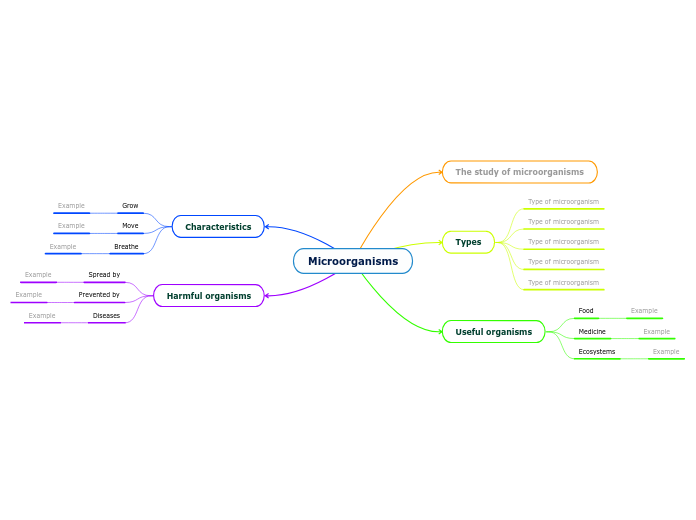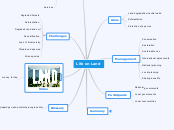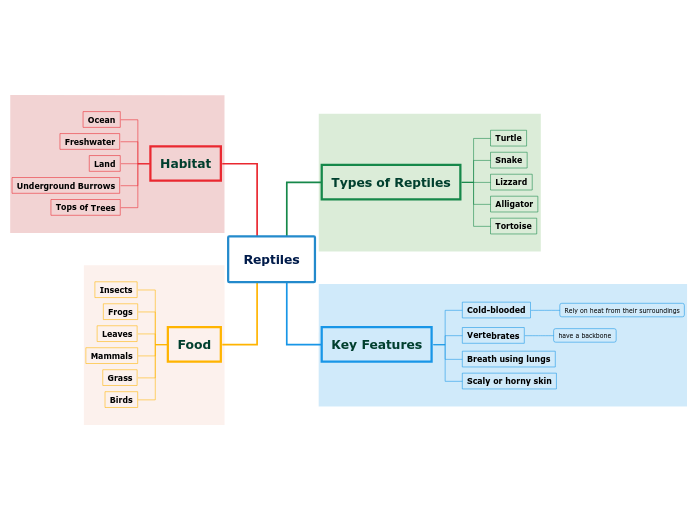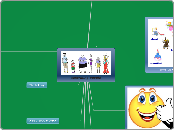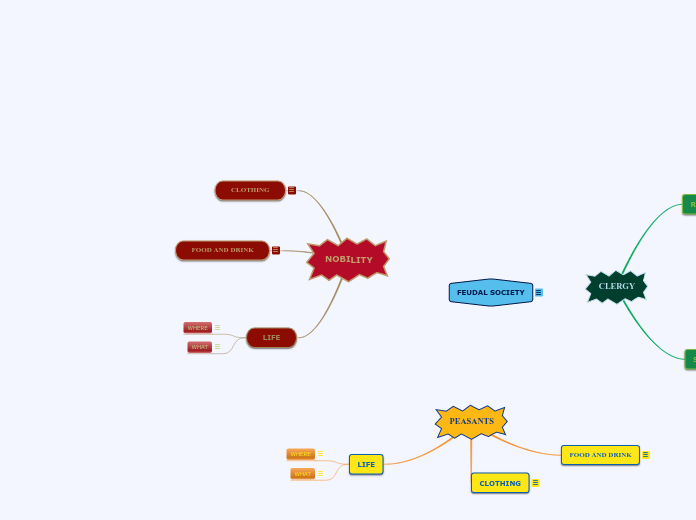Microorganisms
A microorganism is an organism so small that people cannot see them with the naked eye.
Microorganisms can be harmful and useful organisms.
Harmful organisms
Harmful microorganisms include fungi, bacteria, protozoa, etc.
They cause several diseases in human beings, animals, and plants, which can even lead to death.
The harmful microorganisms not only can damage the human body, but also the food we eat.
Diseases
What diseases can they cause?
Prevented by
Give examples of how the spread of harmful organisms can be prevented.
Spread by
Give examples of how harmful organisms can spread.
Characteristics
Research about the main characteristics of the microorganisms and give examples!
Breathe
Move
Grow
Useful organisms
Microorganisms help in the production of many food items, making medicines, keeping the environment clean, in manufacturing, and in research.
Ecosystems
Microorganisms have a role in waste disposal, agriculture, and nutrient recycling.
Give examples of these types.
Medicine
Give examples of bacteria used in the pharmaceutical industry.
Food
Give examples of Microorganisms in food production.
Example
Types
There are five types of microorganisms. Out of these five, four can be free-living or parasitic.
There is one that can be only parasitic since it always reproduces inside other living things.
After enumerating them, click on the flags below to mark the ones which can be free-living and the ones that cannot.
can be free-living
only parasitic
Type of microorganism
The study of microorganisms
Name the study of microorganisms.
